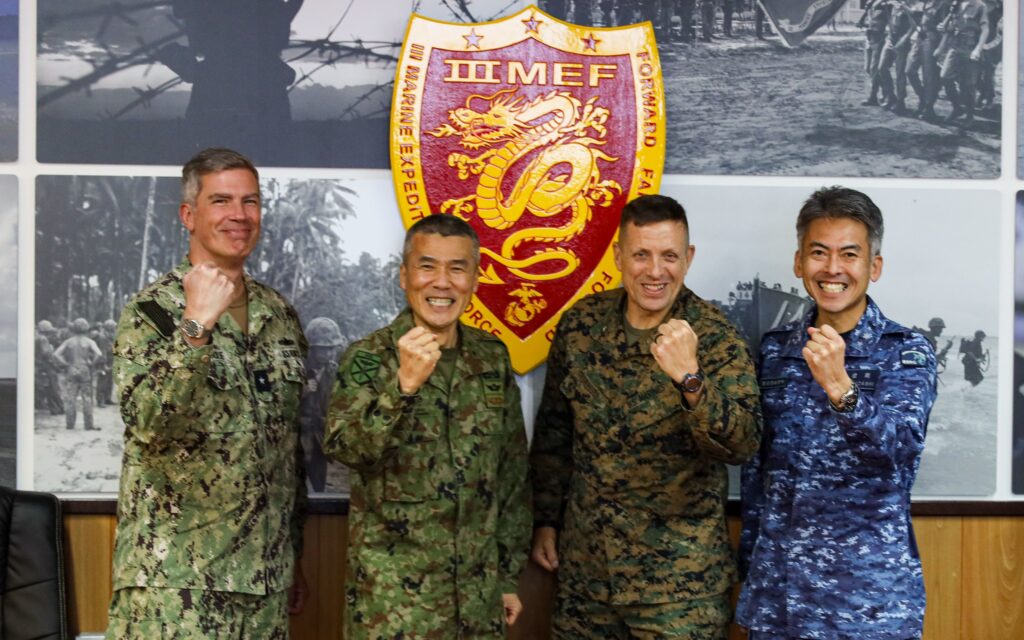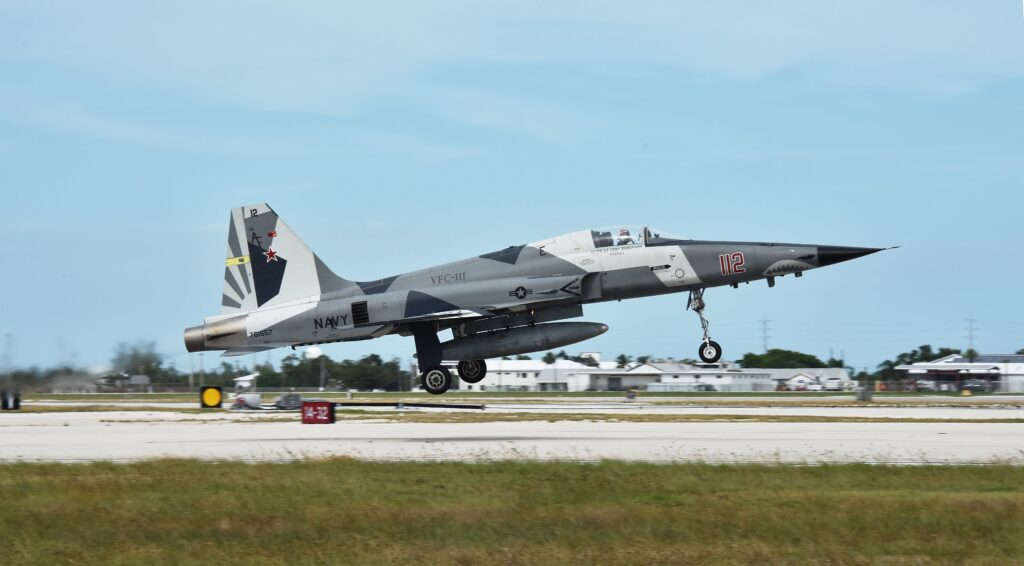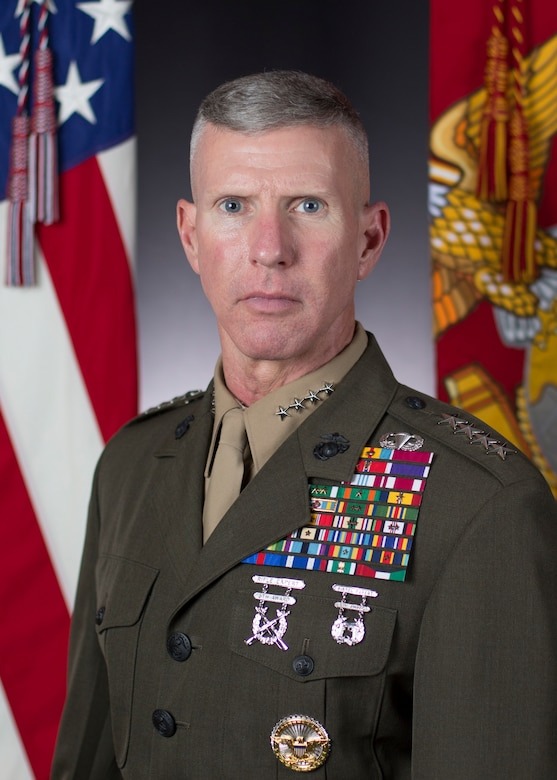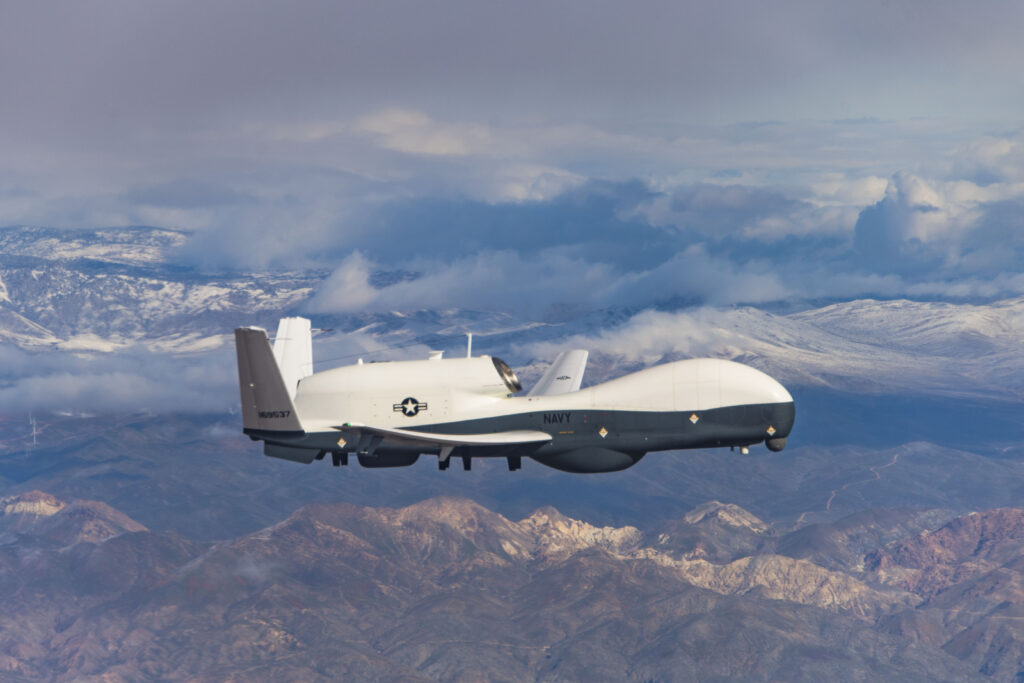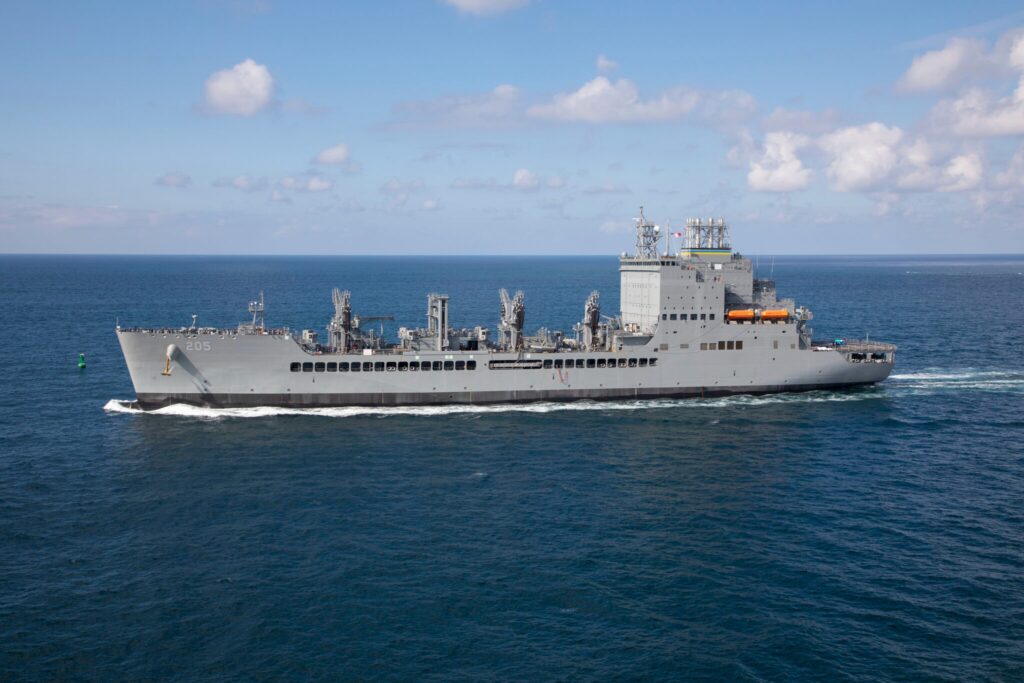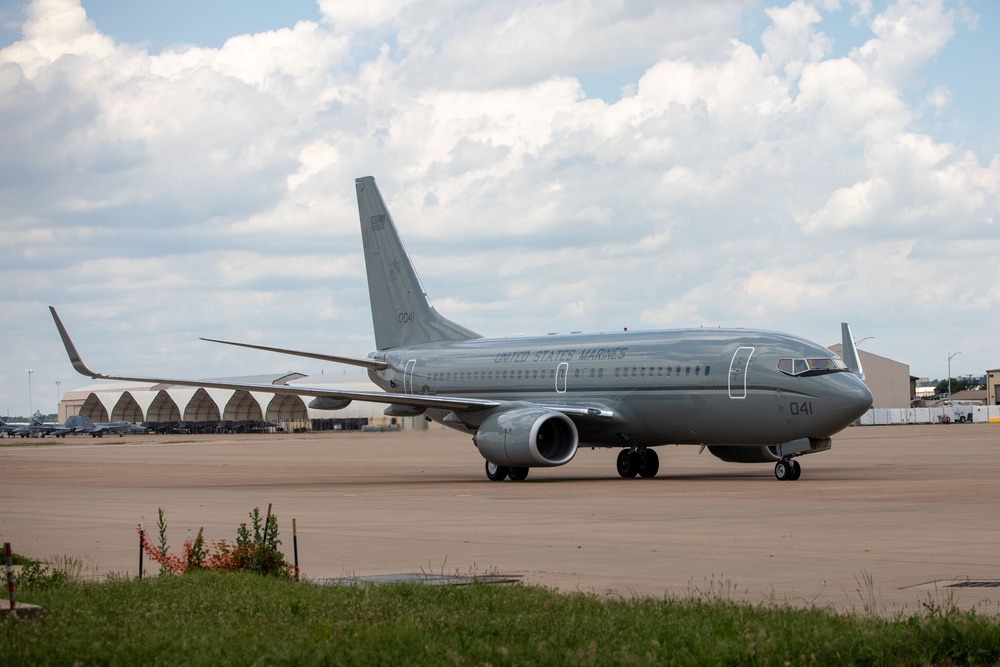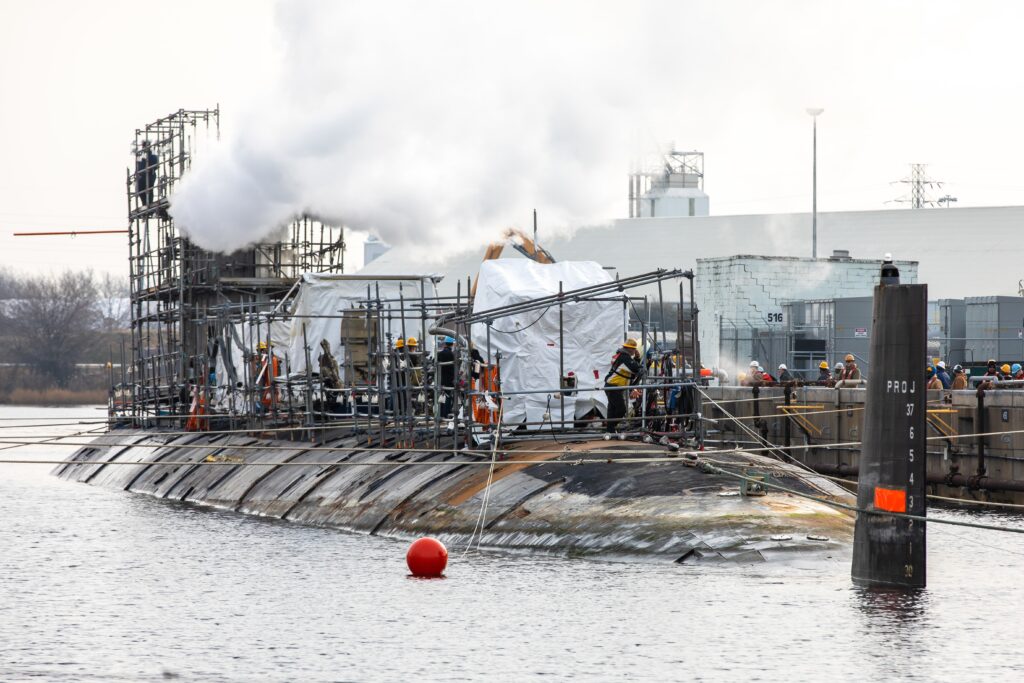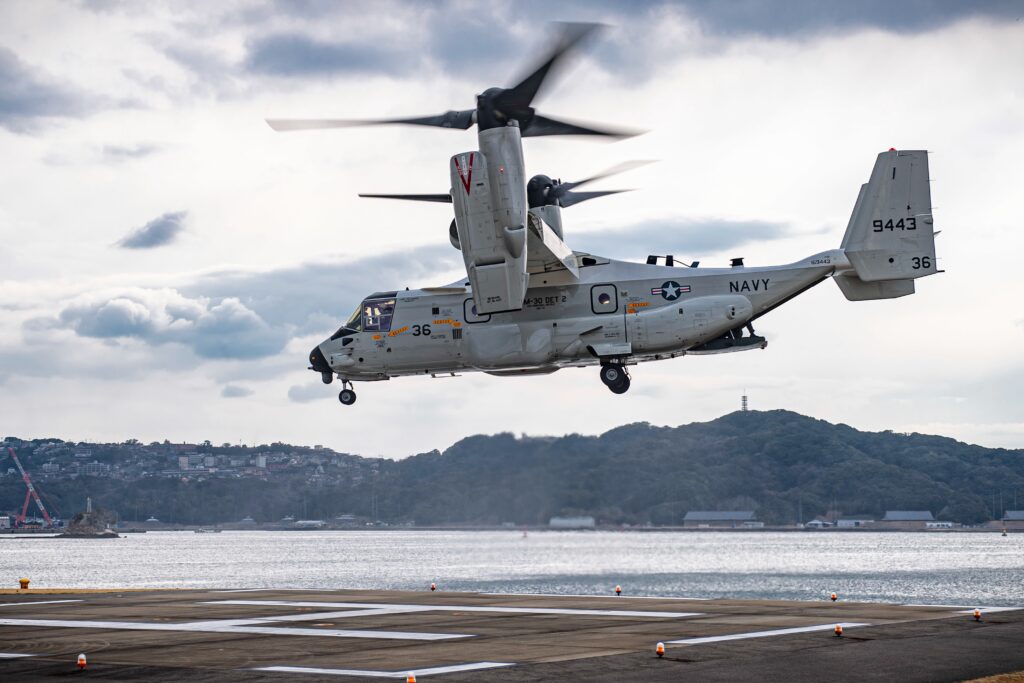TRANSCOM to Double Sealift Tanker Force

*****
ARLINGTON, Va. — The U.S. Transportation Command (TRANSCOM) plan to double the number of fuel tankers in its Tanker Security Program to improve the capacity to deliver fuel to forward operating forces, particularly in the Pacific, the TRANSCOM’s commander said.
“We are concerned about not having enough U.S-flagged vessels to meet our requirements, so we are absolutely getting after that with the support of Congress,” said Air Force General Jacqueline Van Ovost, commander, U.S. Transportation Command, speaking June 6 to an audience of the Brookings Institution, a Washington think tank. “We have stood up the Tanker Security Program. We now have 10 U.S.-flagged tankers — manned with U.S. merchant mariners — medium-range tankers that we will be able to use to assuredly be able to have access to in times of conflict. And we’re working on the next 10 as well to assuredly move fuel to inside the first and second island chain, more shallow-draft vessels that we didn’t have before.”
TRANSCOM has taken on from the Defense Logistics Agency (DLA)the role of transporting and delivering fuel to U.S. forces abroad.
“The new strategic environment exposes vulnerabilities to our supply chain management that we just didn’t have before,” Van Ovost said. “So, this new global fuel mission allows us to take the very best of DLA Energy and what they’re doing, which is the business end of managing supply chains and allows us to put our TRANSCOM expertise of command and control and planning and posture to ensure that we can deliver that fuel wherever and whenever we need it.
“We also need to re-look where our fuel posture is to meet the requirements — what do have to have forward, where are the refineries, etc., how are going to move that fuel and how are we going to have the assets to do it,” she said.
